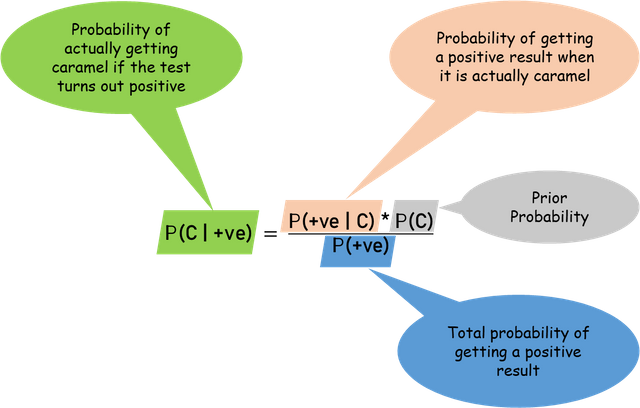Discover Probabilities with Up-to-Date Data: The Secret of Bayes' Theorem

Bayes' theorem is an important concept used in probability theory and statistics. It allows us to update the probability of an event's occurrence based on prior knowledge or observed evidence when calculating the probability of an event.
Bayes' theorem is based on conditional probabilities, which express the dependence between two events. Let's denote the two events as "A" and "B." Bayes' theorem is expressed as follows:
P(A|B) = (P(B|A) * P(A)) / P(B)
Here:
- P(A|B) represents the probability of event A given that event B has occurred.
- P(B|A) represents the probability of event B given that event A has occurred.
- P(A) represents the prior independent probability of event A.
- P(B) represents the prior independent probability of event B.
This formula helps us calculate P(A|B), which is the probability of event A given that event B has occurred.
For example, if we are using a test to detect a disease, we can use Bayes' theorem to update the probability of having the disease based on the test result. The prior event "A" would be the probability of having the disease, and event "B" would be the test result. By using Bayes' theorem, we can update the probability of having the disease based on the test result.
In summary, Bayes' theorem is a mathematical tool that assists us in determining the probability of an event's occurrence by utilizing the available data.